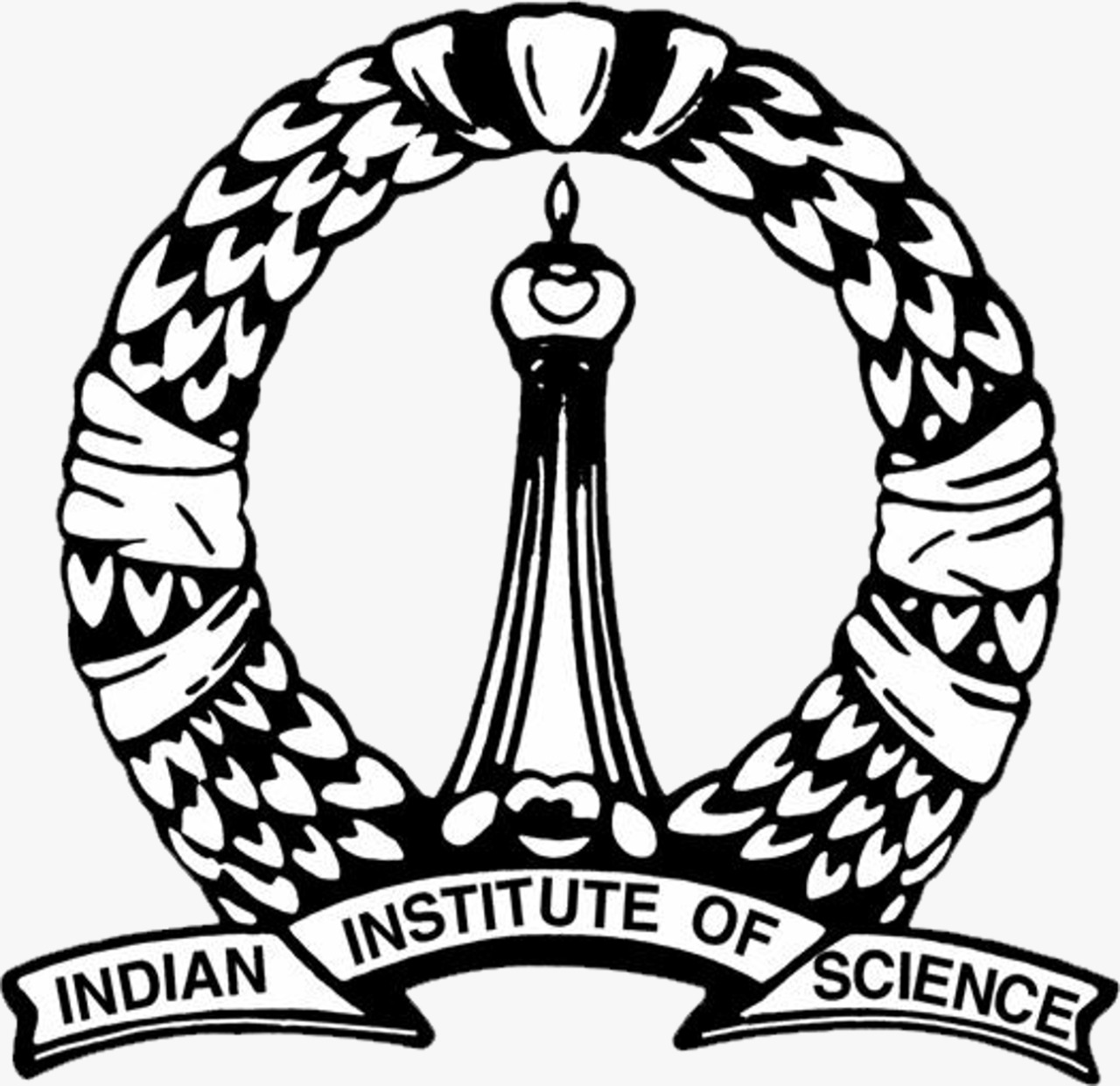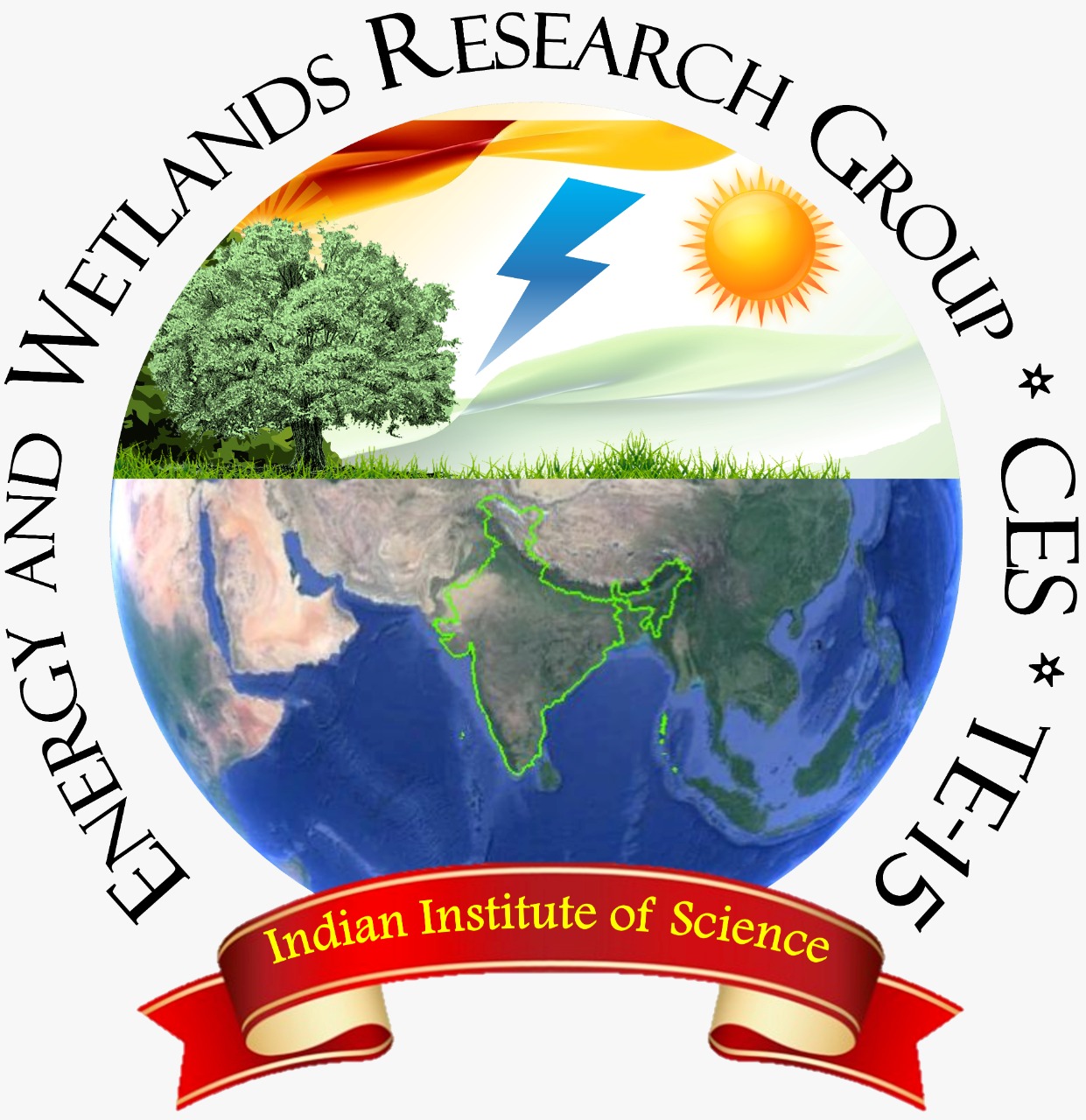|
Materials and Methods
Description of the Study AreaGreater Bangalore (city of lakes) lies between the latitude 12o49’5’’N to 13o08’32”N and longitude 77o27’29”E to 77o47’2”E, covering an area of 741 square kilometers. Bangalore landscape with undulating terrain forms three major watersheds namely Koramangala and Challaghatta Valley (K and C Valley), Vrishabhavathi Valley (V Valley) and Hebbal Valley (H Valley). Koramangala and Challaghatta Valley has the largest catchment area (255 square kilometers), followed by Hebbal Valley (207 square kilometers) and Vrishabhavathi Valley (165 square kilometers). The lakes in Bangalore are interconnected and provide goods and services to sustain livelihood of people. The interconnected lakes in K and C and H valley join Dakshina Pinakini River whereas lake systems in V valley join Arkavathi River, a tributary of Cauvery River (Ramachandra et al., 2017). The current study involves field survey, water quality analysis and recording ichthyofauna diversity in 36 lakes of Greater Bangalore (Figure 9.1).
.png)
Figure 9.1: Study Area - Lakes of Greater Bangalore, Karnataka, India.Ichthyofauna Sample CollectionFish specimen were collected from the select lakes of Bangalore with the help of gill net or cast net by local fishermen during the study period 2018 - 2019. The photographs of ichthyofauna were taken prior to the specimen preservation. The specimens were preserved in 10 per cent formaldehyde solution and transported to the laboratory for taxonomic analysis. Collected fish specimen were identified up to the species level by using standard taxonomic keys, reference books (Jayaram, 1999; Talwar and Jhingran, 1991) and virtual database - Fish Base (http://fishbase. org). The species distribution map was generated with the help of QGIS open-source GIS software. Water Sample Collection and Laboratory AnalysesWater samples were collected from the 36 lakes for physico-chemical analysis in the clean and sterile polypropylene bottles during the year 2018 - 2019. The monitored parameters included water temperature (WT), pH, dissolved oxygen (DO), total dissolved solids (TDS), electrical conductivity (EC), chloride (Cl), total hardness (TH), calcium (Ca), magnesium (Mg), total alkalinity (TA), chemical oxygen demand (COD), biochemical oxygen demand (BOD), nitrate (N) and ortho- phosphate (OP). The parameters such as water temperature, pH, dissolved oxygen, total dissolved solids and electrical conductivity were measured on site using portable meter (Extech) while rest of physico-chemical parameters were estimated in laboratory. The lake water samples were analyzed using standard methods according to APHA (2005) and every experiment were carried out in triplicates. In this study, QGIS open-source GIS software was used for generating maps of various physico-chemical parameters of investigated 36 lakes in Bangalore. Estimation of WQI of LakesDuring the present study, weighted arithmetic water quality index (WQI) was computed for the 36 lakes in Bangalore considering ten physico-chemical parameters such as pH, total dissolved solids, electrical conductivity, dissolved oxygen, total hardness, calcium, magnesium, chloride, total alkalinity and nitrate (Devi et al., 2015; Sincy et al., 2016). Statistical AnalysisIn the present study, multivariate analysis was carried out using PAST3 software. The principal component analysis (PCA) of the water quality data was performed to better understand water quality of the monitored lakes. Experimental data was normalized using z-scale transformation for the principal component analysis, which reduces the influence of variance of different parameters, eliminate the influence of dissimilar units of measurement of the analyzed parameters (Singh et al., 2004), renders the data dimensionless (Singh et al., 2020) and helps to assess the association among monitored variables (Vega et al., 1998).
|


.png)